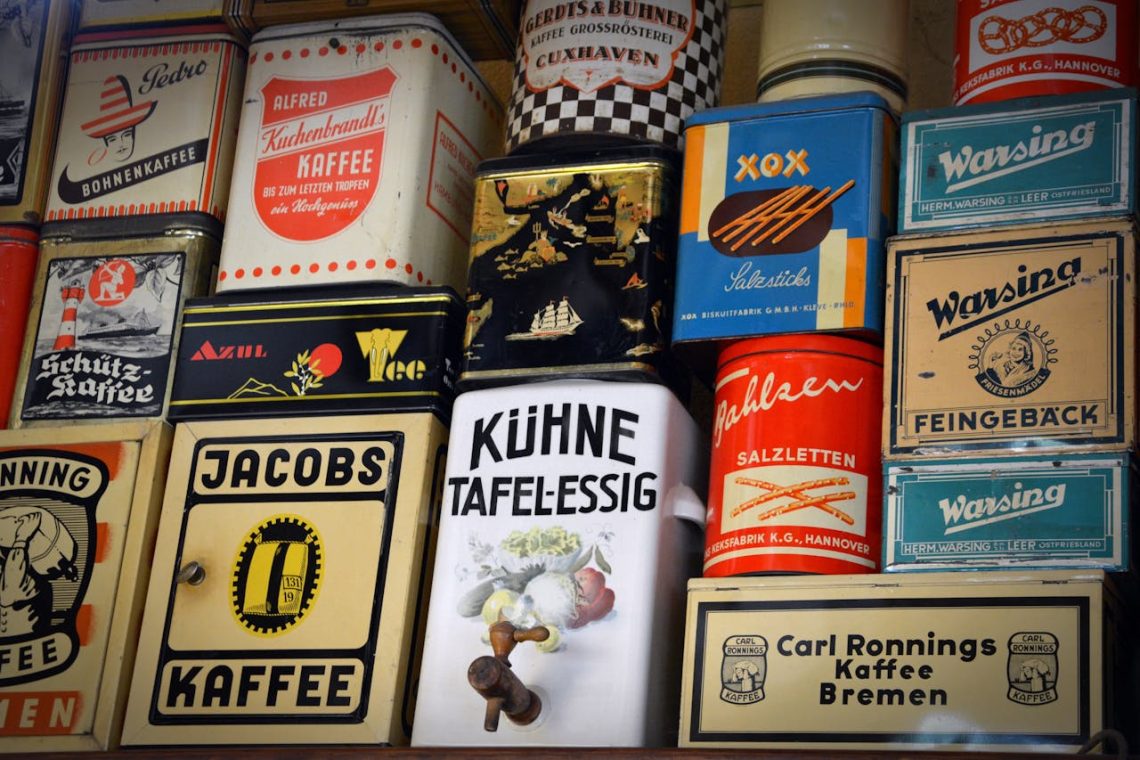Designing labels for food and beverage products is an intricate process that intertwines creativity, branding, and regulatory adherence. A well-designed label does far more than simply inform; it captivates potential buyers, tells a story, and conveys a brand promise that makes the product stand out on an increasingly competitive shelf. If you need new labels for your product, check out ”label printer sticker”.
The Essence of Label Design
The Blend of Aesthetics and Function
Food and bottle label design is a balancing act. Aesthetic appeal must meet practicality, where beautiful graphics blend with essential product information. Labels need to attract attention while also communicating what the product is, what it contains, and why it is the best choice. They must also comply with certain guidelines and legal requirements, ensuring the customer is informed and safe.
Brand Identity
A label often serves as the first point of contact between your product and your customers. It is a visual representation of your brand’s identity and values. This means a label’s design must encapsulate everything your brand stands for—be it freshness, luxury, health, or sustainability. The design elements, including logos, colours, fonts, and imagery should align with your brand’s broader messaging and be consistent across various products to build recognition and loyalty.
Navigating Regulatory Requirements
Adhering to food safety and labelling regulations is non-negotiable. In the UK, for example, the Food Standards Agency (FSA) sets clear guidance on what a label must include: the product name, a best before or use-by date, any allergens, ingredients, quantities, and contact information of the manufacturer or distributor. For alcohol bottles, there are additional elements like the Alcohol by Volume (ABV) percentage.
Staying current with these regulations is crucial not just for legal compliance, but also for customer trust. Misleading or incorrect labels can not only draw penalties but also damage a brand irreparably in the eyes of consumers.
Design Elements of a Successful Label
Colour and Typography
The choice of colours and typefaces is vital. Colours evoke emotions and can influence buyer behaviour. For example, green often suggests natural and organic, while red can stimulate appetite and convey bold flavours. Typography, meanwhile, should be clear and readable, yet also reflect the brand personality—whether it’s elegant script for a high-end product or bold, simple fonts for a no-nonsense brand.
Imagery and Graphics
Images can communicate complex information quickly. Realistic illustrations of fruits or grains can suggest freshness and quality, while abstract, minimal designs might appeal to a modern, sophisticated audience. The graphics should also consider cultural significance and ensure they resonate with the target demographic.
Material and Texture
The tactile experience of a label contributes to the overall impression of the product. Textured labels, for instance, might imply artisanal quality, while sleek, smooth labels might suggest modernity and innovation. The material choices also play into the sustainability narrative, with more brands choosing recycled or biodegradable materials to align with eco-conscious values.
Conclusion
Food and bottle label design is an exciting field where creative expression meets stringent guidelines. With thoughtful design choices, brands can not only meet legal and functional requirements but also emotionally engage with consumers, telling a product story that goes beyond mere consumption to create meaningful connections.
Whether a small artisan producer or a global food brand, the label on your product is your silent salesman. It must grab attention, persuade, inform, and delight—all within the space of a few square inches. The successful design is one that can create an experience before the package is even opened.
Remember, in a market flooded with choice, a label isn’t just a sticker; it’s the heart of your product’s visual identity. It needs to work hard to stand out, convey quality, and reflect the care that goes into what’s inside the package. Investing in professional and thoughtful label design can truly make the difference between blending in and flying off the shelf.





